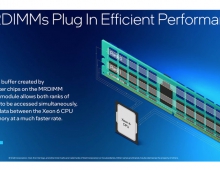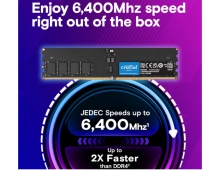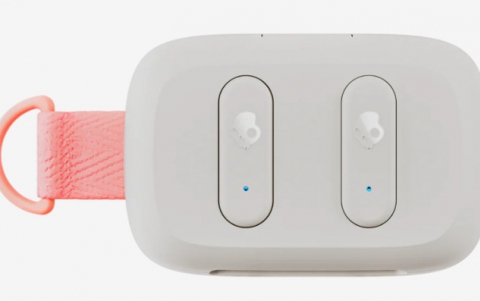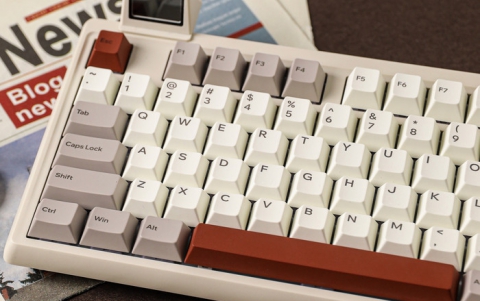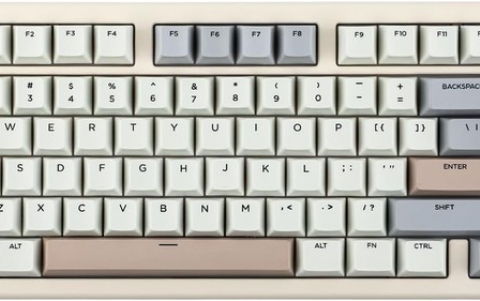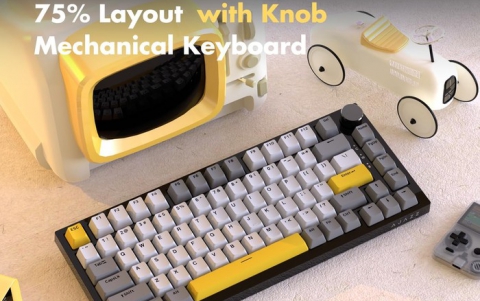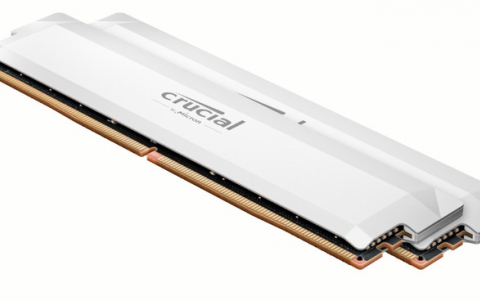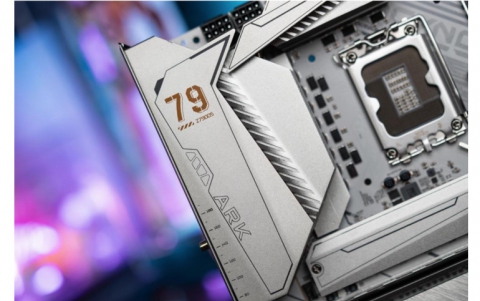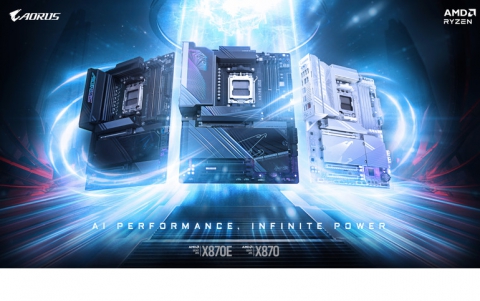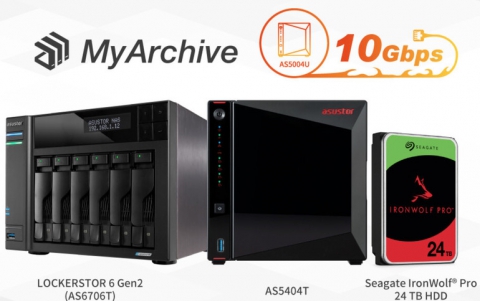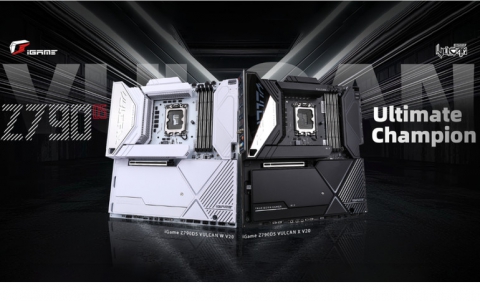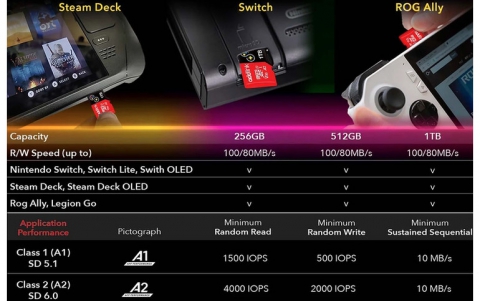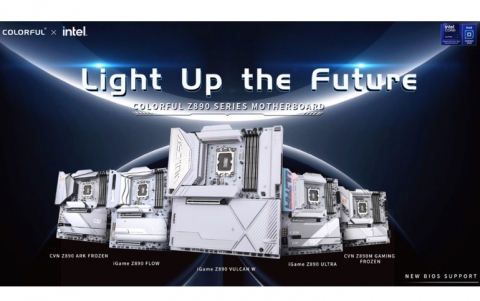Intel Q9300 Quad-core
1. Introduction
Review Pages
2. Retail package, installation
3. Test Configuration
4. Benchmarks - Everest Ultimate Edition, SiSoftware Sandra
5. Benchmarks - PCMark Vantage, SYSmark 2007 Preview
6. Benchmarks - MAXON CINEBENCH, x264 HD Benchmark, TMPGEnc 4 Xpress
7. Benchmarks - SuperPI, wPrime
8. Benchmarks - 3DMark06
9. Benchmarks - Overclocking
10. Final words
 Core 2 is a ninth-generation x86 architecture microprocessor produced by Intel and it was officially released on July 27, 2006. Recently, Intel moved to the 45 nm manufacturing process and a new series of processors hit the market under the codenames " "Wolfdale (C2D)", "Yorkfield" (quad core) and "Yorkfield XE" (quad core extreme).
Core 2 is a ninth-generation x86 architecture microprocessor produced by Intel and it was officially released on July 27, 2006. Recently, Intel moved to the 45 nm manufacturing process and a new series of processors hit the market under the codenames " "Wolfdale (C2D)", "Yorkfield" (quad core) and "Yorkfield XE" (quad core extreme).
 Yorkfield is the codename for the Q9000 and QX9000 series of CPUs. It features a dual-die quad core design with two unified 6 MB L2 caches resulting in a total amount of 12 MiB L2-Cache. They also feature a 1333 MHz FSB and are compatible with the Bearlake chipset. The first two processors of this series were the Q9300 and Q9450 CPUs, released in late March 2008.
Yorkfield is the codename for the Q9000 and QX9000 series of CPUs. It features a dual-die quad core design with two unified 6 MB L2 caches resulting in a total amount of 12 MiB L2-Cache. They also feature a 1333 MHz FSB and are compatible with the Bearlake chipset. The first two processors of this series were the Q9300 and Q9450 CPUs, released in late March 2008.
Originally, Yorkfield CPUs were expected to be released in January 2008. However, the release was delayed to March 15th 2008. Initially this delay was attributed to an error found in the Yorkfield chip, but later reports claimed that the delay was necessary in order to ensure compatibility with the 4-layer print-circuit boards utilized by many mainstream motherboards.
An Intel quad-core processor consists of four complete execution cores in one physical processor , all running at the same frequency. All cores share the same packaging and the same interface with the chipset/memory. Imagine that a quad-core processor is like a eight-lane highway—it can handle up to twice as many cars as its four-lane predecessor without making each car drive four as fast. Similarly, with an Intel quad-core processor-based PC, people can perform multiple tasks such as downloading music and gaming simultaneously. Overall it offers a way of delivering more capabilities while balancing energy-efficient performance.
- Comparison
| Intel Core2 Quad Q9550 | Intel Core2 Quad Q9450 | Intel Core2 Quad Q9300 | Intel Core2 Quad Q6600 | |
| Processor Number | Q9550 | Q9450 | Q9300 | Q6600 |
| Architecture | 45 nanometer technology | 45 nanometer technology | 45 nanometer technology | 65 nanometer technology |
| L2 Cache | 12M | 12M | 6M | 8M |
| L3 Cache | N/A | N/A | N/A | N/A |
| Clock Speed | 2.83 GHz | 2.66 GHz | 2.50 GHz | 2.40 GHz |
| Front Side Bus Speed | 1333 MHz | 1333 MHz | 1333 MHz | 1066 MHz |
| Other Intel Technologies | Intel 64, Enhanced Intel SpeedStep Technology, Quad-Core, Intel VT, Intel TXT |
Intel 64, Enhanced Intel SpeedStep Technology, Execute Disable Bit, Intel VT, Intel TXT |
Intel 64, Enhanced Intel SpeedStep Technology, Execute Disable Bit, Intel VT, Intel TXT |
Intel 64, Intel VT, Execute Disable Bit, Enhanced Intel SpeedStep Technology, Quad-Core |
| Package | FC-LGA8 | FC-LGA8 | FC-LGA8 | FC-LGA |
| Chipset | G33 Express Chipset, G35 Express chipset, P35 Express chipset, Q33 Express chipset, Q35 Express chipset, X38 Express chipset |
G33 Express Chipset, G35 Express chipset, P35 Express chipset, Q33 Express chipset, Q35 Express chipset, X38 Express chipset |
G33 Express Chipset, G35 Express chipset, P35 Express chipset, Q33 Express chipset, Q35 Express chipset, X38 Express chipset |
Intel 975X Express Chipset, Intel P965 Express Chipset |
| Memory Type | DDR2, DDR3 |
DDR2, DDR3 |
DDR2, DDR3 |
NA |
| Boards | NA | NA | NA | Intel Desktop Board D975XBX2 |
| Slot/Socket Type | LGA775 | LGA775 | LGA775 | LGA775 |
| Pin Count | 775-land | 775-land | 775-land | 775-land |
| sSpec Number | SLAN4 | SLAN6 | SLAMX | SL9UM |
The above table illustrates the main differences between the 65nm and 45nm Quad Core processors. The new Q9xx processors work in combination with the P35 and X38 chipsets to properly work and offer an increased FSB of 1333MHz. The overall thermal dispass should be lower due to 45nm manufacturing process while the overclocking margins, as well as, the previous 65nm processors, are probably even better..
- Compatibility
The Yorkfield XE model QX9650 (45nm with 1333FSB) has currently a limited chipset compatibility, being compatible with just the X38, P35 and some high-performance 975X and P965 motherboards. BIOS updates are gradually being released to provide support for the new Penryn technology.
- Specifications
sSpec Number |
SLAWE |
CPU Speed |
2.50 GHz |
PCG: |
05A |
Bus Speed |
1333 MHz |
Bus/Core Ratio |
7.5 |
L2 Cache Size |
6 MB |
L2 Cache Speed |
2.5 GHz |
Package Type |
LGA775 |
Manufacturing Technology |
45 nm |
Core Stepping |
M1 |
CPUID String |
10677h |
Thermal Design Power |
95W |
Thermal Specification |
71.4°C |
VID Voltage Range |
0.85V – 1.3625V |
Box Order Code |
BX80580Q9300 BXC80580Q9300 |
OEM Order Code |
EU80580PJ0606M |
Review Pages
2. Retail package, installation
3. Test Configuration
4. Benchmarks - Everest Ultimate Edition, SiSoftware Sandra
5. Benchmarks - PCMark Vantage, SYSmark 2007 Preview
6. Benchmarks - MAXON CINEBENCH, x264 HD Benchmark, TMPGEnc 4 Xpress
7. Benchmarks - SuperPI, wPrime
8. Benchmarks - 3DMark06
9. Benchmarks - Overclocking
10. Final words


